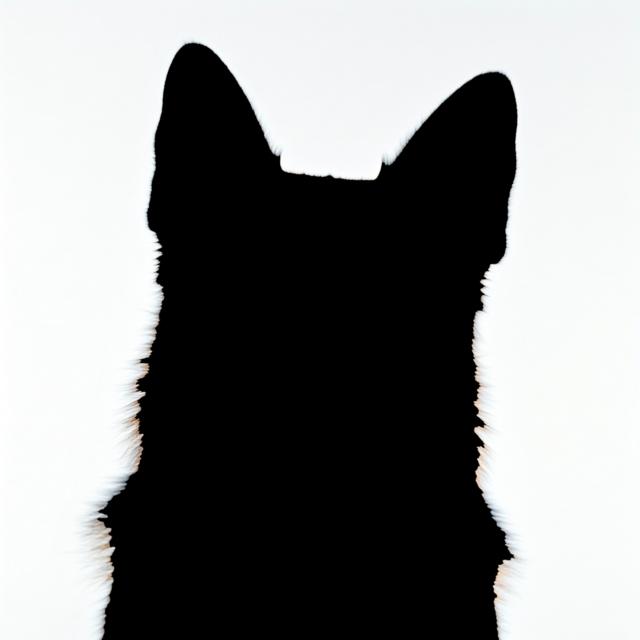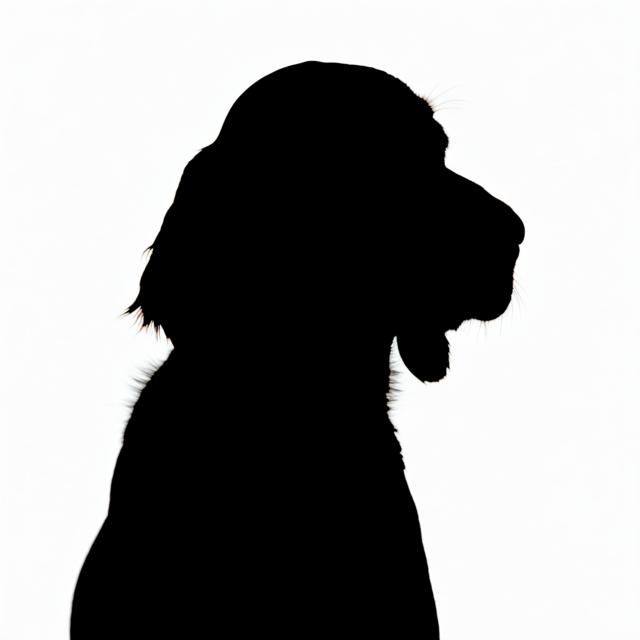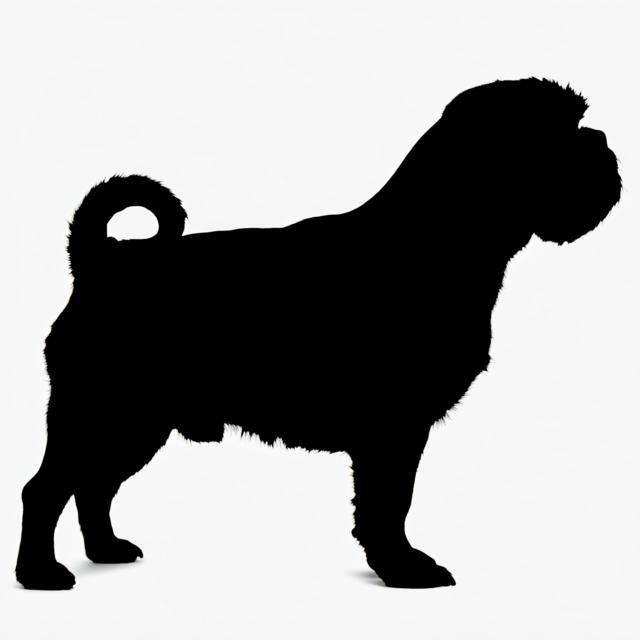West Siberian Laika
Zapadno-Sibirskaia Laika
 fci
fci ukc
ukc



Summary
- The West Siberian Laika is a medium-sized, energetic hunting dog breed originating from Western Siberia. They are known for their intelligence, loyalty, and independence, requiring firm training and ample exercise.
Origin and Purpose
- Developed in Western Siberia by the Mansi and Khanty people.
- Used for hunting, particularly game such as squirrels and sable.
Appearance
Dimensions
| Gender | Height | Weight |
|---|---|---|
| Female | 51-58 cm (20-23 inches) | 18-20 kg (40-44 lbs) |
| Male | 55-62 cm (21.5-24.5 inches) | 20-23 kg (44-51 lbs) |
Coat
| Attribute | Notes |
|---|---|
| Color |
|
| Type |
|
| Length |
|
Care
| Attribute | Notes |
|---|---|
| Shedding |
|
| Grooming |
|
| Drooling |
|
Body
| Attribute | Notes |
|---|---|
| Head |
|
| Skull |
|
| Ears |
|
| Eyes |
|
| Nose |
|
| Muzzle |
|
| Teeth |
|
| Neck |
|
| Forequarters |
|
| Fore Legs |
|
| Hindquarters |
|
| Hind Legs |
|
| Feet |
|
| Tail |
|
| Gait |
|
Temperament
- Energetic, loyal, intelligent and independent
Social
| Attribute | Notes |
|---|---|
| Affectionate with Family |
|
| Good with Children |
|
| Good with Dogs |
|
| Good with Cats |
|
| Openness to Strangers |
|
| Playfulness Level |
|
| Protective Nature |
|
| Adaptability Level |
|
Working Roles
- Hunting
Exercise Needs
- High
Health
- Generally healthy but prone to hip and elbow dysplasia.
Additional Notes
- Requires firm and consistent training.
- Early socialization is crucial.